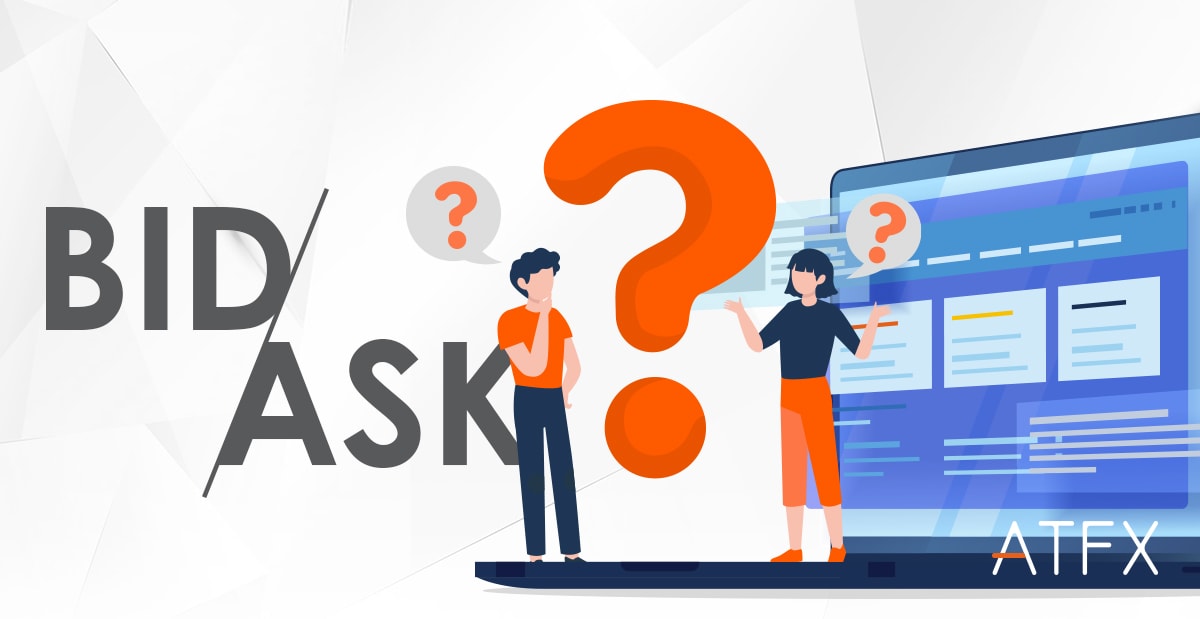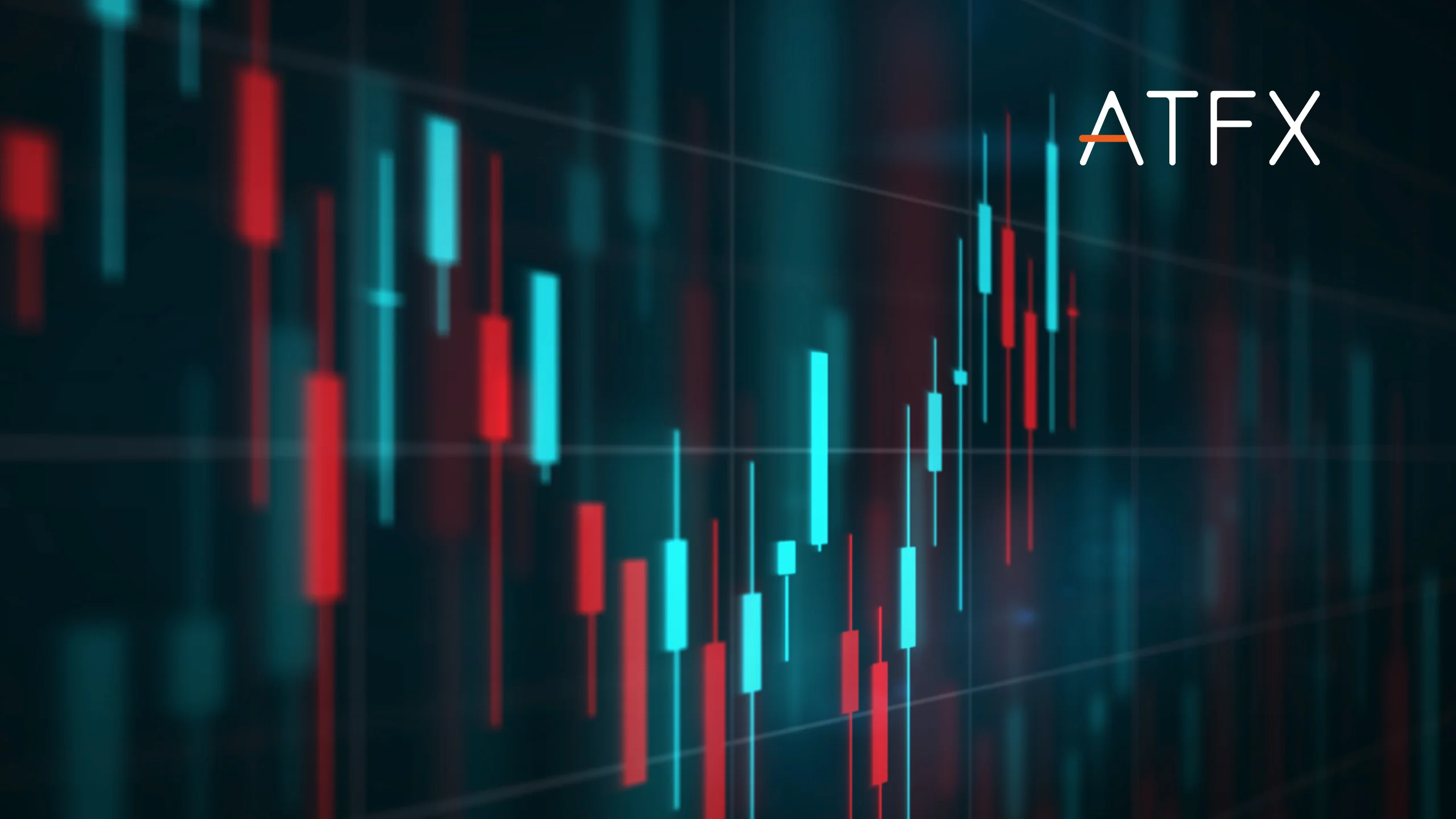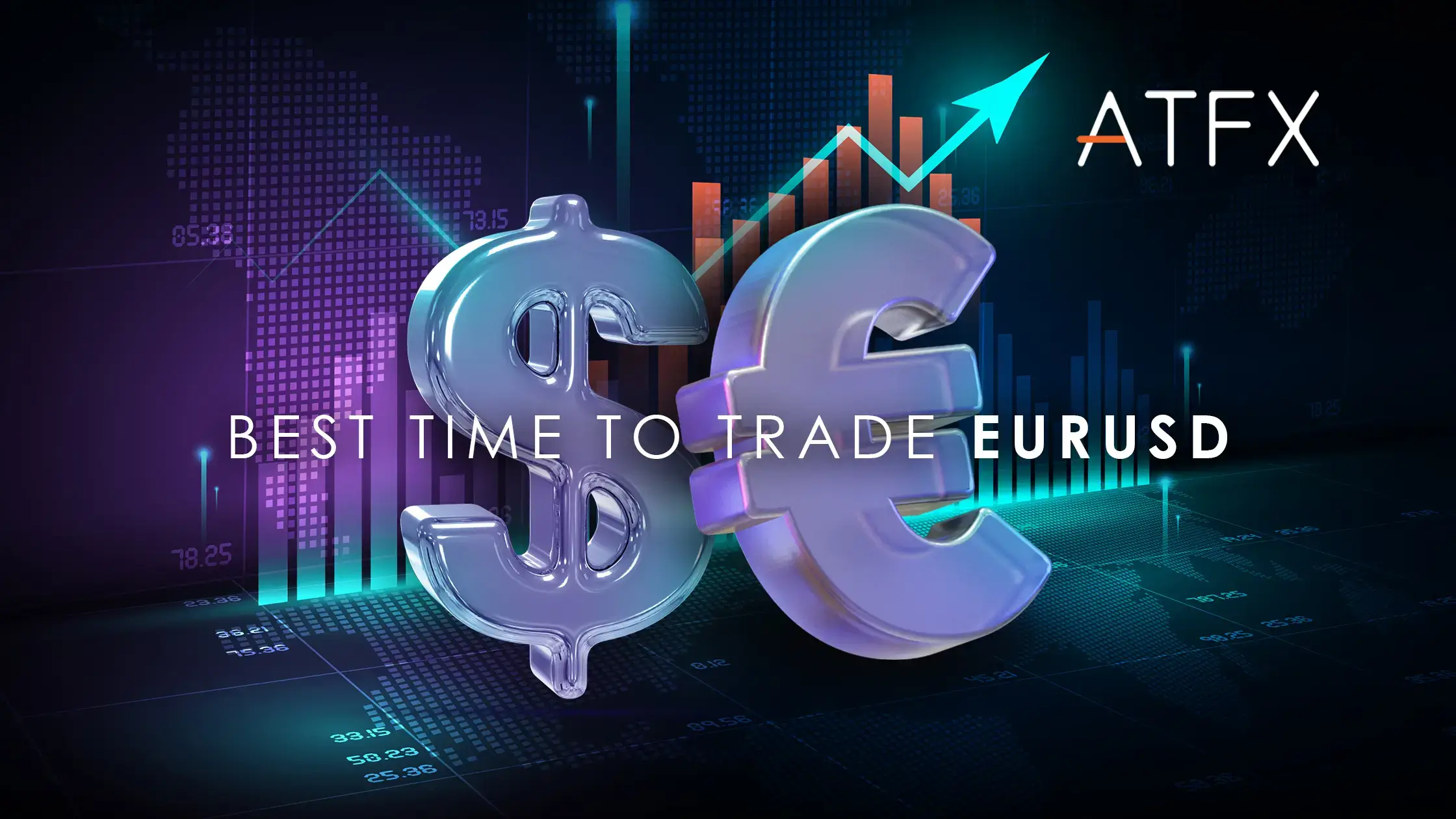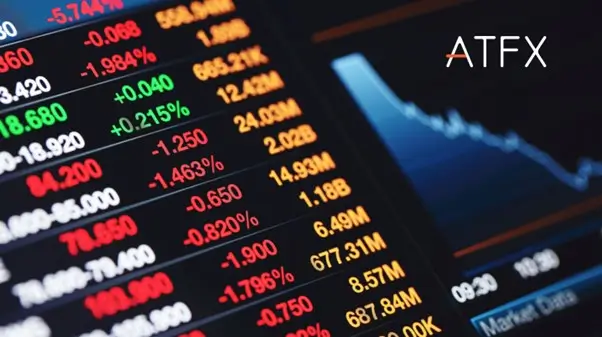Some traders place orders by simply clicking on the F9 order screen and clicking “Buy at Market” if they are buying and “Sell at Market” if they are selling, not really caring what the exact price is. After all, as long as there is no abnormal slippage, the market price is the fastest way to trade other than pending orders.
Another part of the more attentive traders will find that the market price is not a single, it exists two prices. From the perspective of a market maker (bank), these two prices are: bid and ask; from the perspective of an individual trader, these two prices are: ask and bid.

You read it right, they have the same name, but the order is switched depending on the trading entity. In short: the bid price offered by the market maker (bank) is the sell price for individual traders; the ask price offered by the market maker (bank) is the buy price for individual traders. To prevent readers from being confused by these concepts, we will explain them one by one.
1. Bid and ask prices are not equal
In fact, there is no trading market where the bid and ask prices are the same. There are stock trading markets with orders and buy and sell orders, and they buy one and sell one buy one and sell one prices are not the same. For example, the stock market index for Guizhou Maotai, buy one price 1714, sell one price 1713, the two subtracted, is the spread of the share trading market.
The same for the currency market, the bid and ask prices are also different, such as EURUSD, the bid price 1.1965, the ask price 1.1967, the two subtracted, get the spread 0.0002, that is, 2 standard points.
2. The spread is the income of the market maker (bank)
Market makers are to make money, the stock market in the exchange, mainly to earn fees. There is no commission charged by the online broker, the market maker’s source of income is only the spread fee. Based on this, for the market maker to give the bid and ask price, must follow the basic principle of buy low, sell high, only then can ensure that every pen can get a spread profit. When we see a group of quotes given by the MT4 software, the higher price must be the market maker’s (bank) sell price, and the lower price must be the market maker’s (bank) buy price.
3. For individual traders, the spread is the cost
Since it is the cost, it is natural to buy high and buy low. When we see a set of quotes when placing an order, the higher quote is the individual trader’s buy price, also known as buy at market price; the lower quote is the individual trader’s sell price, also known as sell at market price.
According to the MT4 quotes custom, the sell price is usually placed on the left side of the order panel, and the buy price is usually placed on the right side of the order panel. In the K-line panel, the bid price is higher, so it is a horizontal line above; the ask price is lower, so it is a horizontal line below.

4. How to pull out the bid and ask lines
Metatrader 4 shows the sell line by default, and the gray horizontal line on the main chart is the sell line. The buy line is not displayed by default, but for traders operating at the minute level, the spread has a very big impact on the trade, and often the difference between the buy and sell lines is larger than the range of a K-line, so the buyer line must be called out.
After setting up the MT4 software, click F8 on the keyboard to bring up the properties screen, find the “Show Bid Line” option on the lower right side, check the box in front of it, and click OK to bring up the Bid Line. As mentioned above, the bid line is above the ask line.
5. When is the spread charged, when I open or close a position?
The simple answer to this question, which has troubled many people, is that spreads are charged in real time when a position is opened. One of the most obvious features is that, regardless of buying and selling, when we place an order, the profit and loss items directly back under the loss of a portion of the amount.
For example, if you trade EURUSD, 1 standard lot, with a spread of 1.8, then whether you buy or sell, after you place an order, the profit and loss portion of the amount will show -$18. The -18 USD here is the spread fee charged. If you really can’t figure it out, you can consider closing your position immediately after buying, at this time the part of the loss is the spread fee.

Summary
The above article talked about opening and buying and selling price line, but did not mention the closing of positions, here to add. For buying, you buy at the market price, which is the higher price in a set of quotes.
When closing a position, it is to sell at the market price, where the market price is the lower price in a set of quotes; for selling, it is to sell at the market price, which is the lower price in a set of quotes.
To close a position, you buy at the market price, where the market price is the higher price in a set of quotes. If you are still confused, remember the simplest rule: for individual traders, the buy price must be the higher of the market prices, and the sell price must be the lower of the market prices.
Download Metatrader 4 account or Demo Account to kick start your trading journey now!


